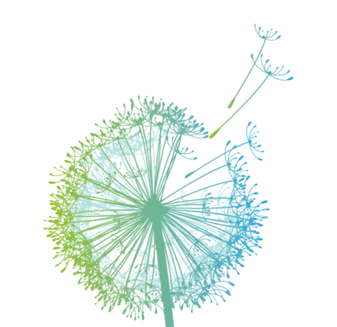...who banned Coca-Cola from being sold in Portugal in the 1920's?
Est.reading time: 10 min
If I was to name one person that perfectly epitomizes to spirit of the fight against pandemics in Portugal, I would not hesitate: Porto-born Ricardo Jorge.
Yet, regardless of his decisive contributions to public health in the country, some of the Portuguese know him for a quirkier story of a long lasting ban of the most recognizable of sparkling drinks... ​Let's put the gear in reverse and scroll down the timeline to learn a bit more about this remarkable man's failures and successes! Love it or hate it.
Coca-Cola.
Presently the single largest producer of plastic in the world, Often accused of being part of the problem of child obesity and other health problems due to its sugar content. Wikipedia contributors dedicate it a rather long entry, entitled 'Criticism of Coca-Cola' where many other factual allegations are listed. Yet, in 2019, the brand's global revenue surpassed 37 Billion US dollars. (that's no mistake there, that's a 'B,' as in billions!!!). Despite all the apparent obstacles, we're talking about a company with a success story that is well over 120 years old. There was a time though when a small country in Europe - not the indomitable band of the Gauls - under the command of its public health delegate, by the name of Ricardo Jorge decided to ban its sale - a ban that spanned almost 50 years! (Ok, now you're free to call him the Portuguese Asterix of public health :)) Back then, Ricardo Jorge argued that 'having cocaine in its composition would make it a narcotic and cause addiction" or "if that was false, then its trade name Coca-Cola would be false advertising". In any case, it should not be allowed to be sold in the country. Ricardo Jorge's personal opinion about Coca-Cola?
Nobody knows.
In fact, the small percentage of Cocaine (alcohol was in it too!!) present in the original formula created by Pemberton in Atlanta, USA was no longer included in the 1920's list of ingredients. Ricardo Jorge, who was a man of science with laboratorial expertise, could have simply tested the product. He chose not to. ​As it turns out, Ricardo's decision was but political - Portugal dictatorship was in its infancy but Ricardo was already on their side - such decision aimed to protect endemic products, such as wine - a key sector in the balance of trade - and some other beverages, produced by companies in Porto and Lisbon. The Spanish flu - Ricardo Jorge's biggest challenge
In 1918 Portugal was an entirely different country: predominantly rural, only 10% of the 6 million Portuguese lived in big cities and another 10% had emigrated in the previous decade. Our participation in World War I aggravated hunger, food shortage, poverty, and social conflicts.
It was a period of particular vulnerability marked by recurrent epidemic outbreaks such as exanthematous typhus and smallpox (both in 1918) , in addition to the high burden of endemic diseases such as tuberculosis. Furthermore, the most intense influenza pandemic wave coincided with a troubled political period during October to December 1918, when there were a military uprising and a general strike, which culminated in the assassination of the president of the Republic, Sidonio Pais in 1918.
In spite of all these problems, there were coordinated interventions by public health authorities in trying to minimize the impact of the pandemic.
Ricardo Jorge, as director general of public health, defended some strict measures such as the suspension of fairs and pilgrimages and the closing of schools but he opposed to closing theaters, cinemas and also cafes, churches, public transport, markets, offices, warehouses, factories... He did not believe "that isolation in cities, or in hospitals, could contain a virus as violent as 1918's Influenza"(his own words) and ultimately didn't want to feed panic. A major mistake, we know this now. A few other mistakes were committed, some due to decisions based on his previous experience with the bubonic plague - with different contagion mechanisms (scroll down to see the next section) - some other due to insurmountable obstacles in implementing drastic measures in the short-term in a political torn country.
The glory and fall of Ricardo Jorge in Porto
In June 1899 there were several cases of bubonic plague in Porto, which were diagnosed by the municipal doctor and director of the public disinfection facilities, Ricardo Jorge, in a poor neighborhood near the docks.
His response was according to the emergency of the situation: isolation of patients and affected areas, prevention and hygiene. ​​There was a reduction of train travel and passenger inspection and sanitary visits were made by health department doctors accompanied by the police.
In August the first official bulletin was published, with information on the transmission of the disease: 'The disease is caused by a microbe that can be found in swollen ganglions. Transmission is made through the skin, the nose and the mouth. According to Yersin, fleas are the main vehicles of contagion. There is a vaccine and treatment with the Yersin serum...'
Ricardo Jorge, the health official in charge, was up to date with Yersin's and Shibasaburo's findings: after researching the plague in China, these physicians had isolated its bacillus in 1894 and produced a serum which was the only known prophylaxis and treatment available at the time. Ricardo was personally responsible for identification of the infectious agent in this first outbreak in Europe, here in Porto.
On August 24th, a sanitary cord was established around the city, enforced by the military (2.500 men!). It lasted until the Christmas eve of 1899, with the strong opposition of economic elites, who saw their business paralise because products could not circulate.
​A general meeting with a large number of businessmen took place in the Merchants Association building (Palacio da Bolsa) that same month.
see this older post for a virtual visit of Palacio da Bolsa
Nevertheless, Ricardo Jorge was aware that the challenge was not in the well educated groups of society but in the working classes, who lived in the filth and in poor housing conditions, where fleas and rats were abundant. And he knew that the most important action was to remove people from these nasty circumstances.
In the dramatic words of Ricardo Jorge, the city of Oporto "was a 'graveyard', where the so-called 'islands' - crowded neighborhoods where factory workers lived - were a factor of disease proliferation". Sanitary practices were imposed. These included compulsory baths for any suspect of being sick (for that purpose he ordered the construction of public baths) and even the burning down of houses considered to be infected beyond salvation. In fact, these sanitary measures proved effective and mortality was low: 326 diagnosed cases of which only 111 deaths.
Public reaction, however, condemned these actions: common people did not believe there was an epidemic at all and mobs reacted with extreme violence. Many doctors were assaulted with stones, especially Ricardo Jorge, who was responsible for their enforcement.
Even though Ricardo Jorge was praised by the entire medical community, including the international, most citizens in Porto turned against him. The mayor of Porto himself considered the isolation of the city as an interference of central government in local business and presented his resignation during that period. Ricardo Jorge ended up resigning as well, for the lack of support regarding his health policies and moved to Lisbon, where he continued his career as one of the most important hygienists in Portugal, with worldwide recognition.
In Porto, the fight was won and the bubonic plague was considered extinct only seven months after the first cases, in January 1900.
Seen in the city
Some of the true heroes
A group of runners that included 9 doctors and one nurse: early last year, in this bespoke running tour, we shared the story of Ricardo Jorge and some other interesting (including fun) stories about public health in Porto, unaware that one year later we'd be fighting a major pandemic and they would be in the frontlines....!
Team of medical doctors posing with Ricardo Jorge (front row & center) during the outbreak of Bubonic plague in Porto, in 1899.
While the health workers all around the world seem to have entered this sort of ultra-distance marathon (without having registered for it!), working in the frontline of national health services, a large percentage of the population is now stuck at home - something that doesn't actually require training but seemed a lot nicer when no one was forced do it...!
This blog post was therefore an humble and simple tribute to all those 'in combat' right now, nurses, medical doctors but also cleaning staff, firefighters...! Here in Porto, from Santa Catarina to Cedofeita: closed doors, drawn curtains... A deep and silent void fills the streets in some days, much deeper then that we were used to seeing at 7AM on our sunrise tours. Empty of people, of sounds, even smells. On a lighter note
I see strict quarantine being recommended in most countries. However in some, Portugal included, people are allowed to go for a short run outside. Nevertheless, different people find different ways to cope with social distancing :)
Keep sound and keep fit everyone! See you in 2021 in Porto, for a run!
Did you like this post? Share this content with your running friends!Comments are closed.
|
Autor/Author
Sérgio é o fundador da Porto Running Tours, corre regularmente desde 1999 e desde 2015 que guia visitas em corrida na Invicta enquanto revela algumas das suas mais fascinantes histórias. Categories
All
Archives
March 2024
PORTO RUNNING TOURSWe're passionate about running and passionate about Porto! REVIEWSWE'RE LISTED ONYour gateway to fun and unique running tours worldwide.
We practice sustainable tourism!
|
EMAIL: info(at)portorunningtours.com
MOBILE/WHATSAPP👆(tap to message)
+351 91 460 10 10
(English/Português)
9.00AM-5.00PM Local Time - Portugal - GMT+00
Porto Running Tours is a
locally owned micro-business,
providing authentic running experiences
in Porto since 2015
locally owned micro-business,
providing authentic running experiences
in Porto since 2015
customer love on-LINE >
Take their word for it:
We practice sustainable tourism. Book directly with us!
member of the worldwide community:
RUNNINGTOURS.NET
RUNNINGTOURS.NET
JOIN OUR COLLEAGUES
AROUND THE WORLD
FOR A RUNNING TOUR!
AROUND THE WORLD
FOR A RUNNING TOUR!
RNAAT nº1410/2017 TURISMO DE PORTUGAL
This website is mobile friendly,IOS and ANDROID! © COPYRIGHT PORTO RUNNING TOURS 2023.
TODOS OS DIREITOS RESERVADOS /ALL RIGHTS RESERVED.
TODOS OS DIREITOS RESERVADOS /ALL RIGHTS RESERVED.
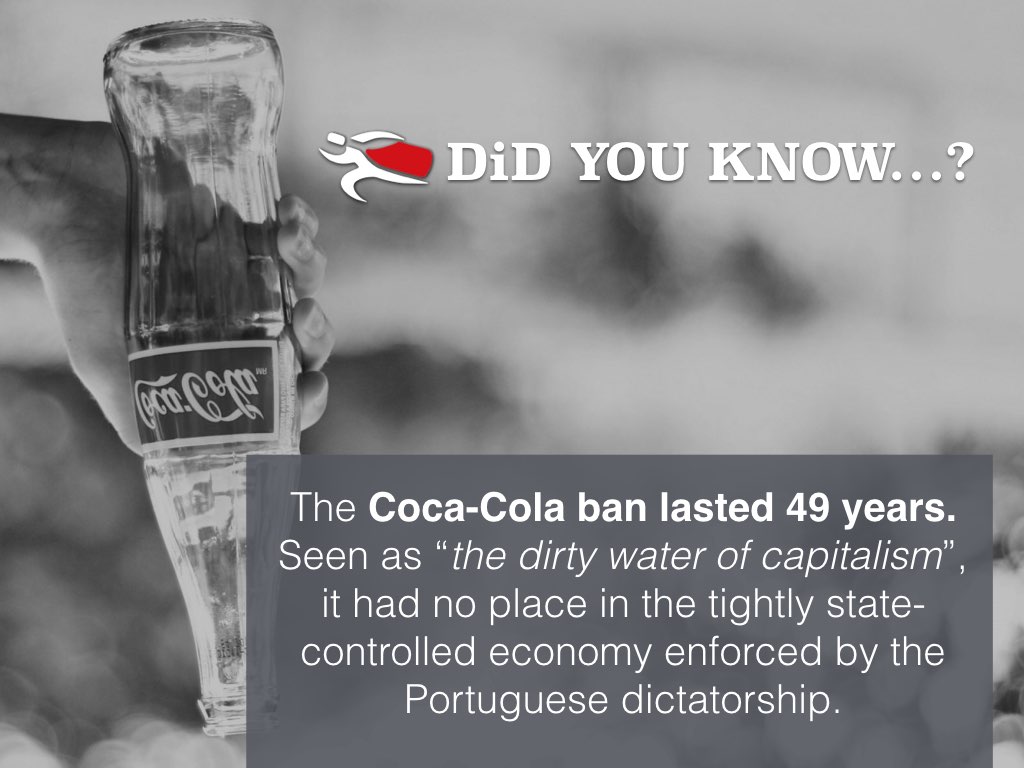



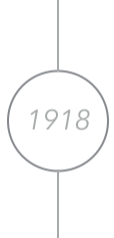
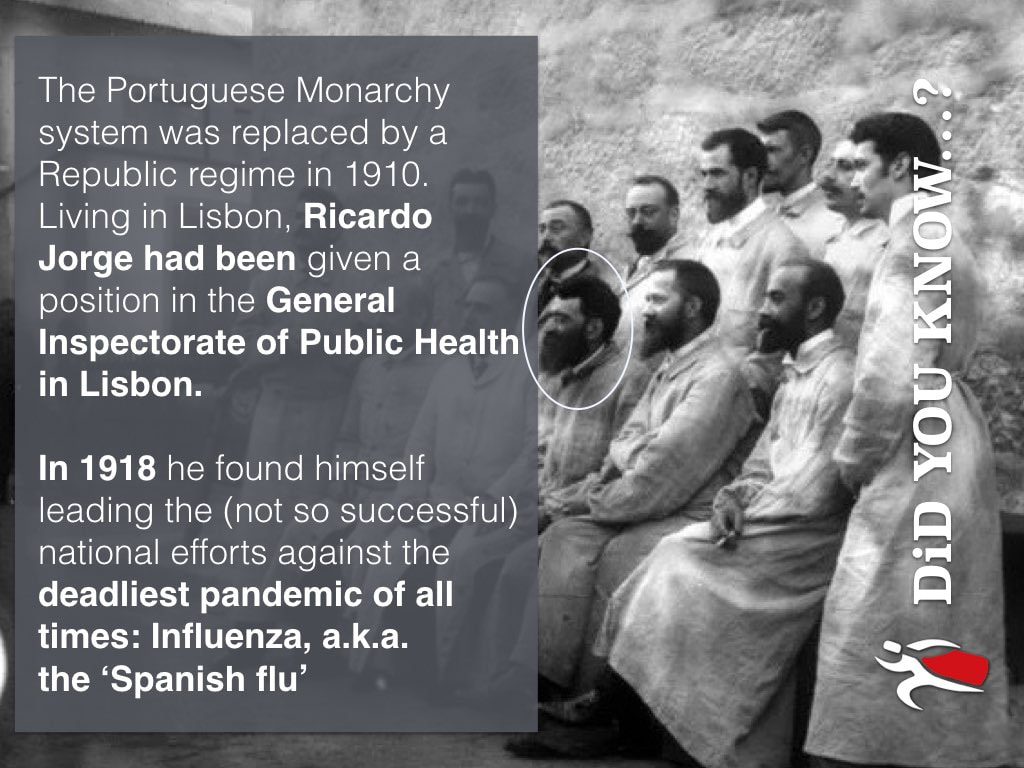

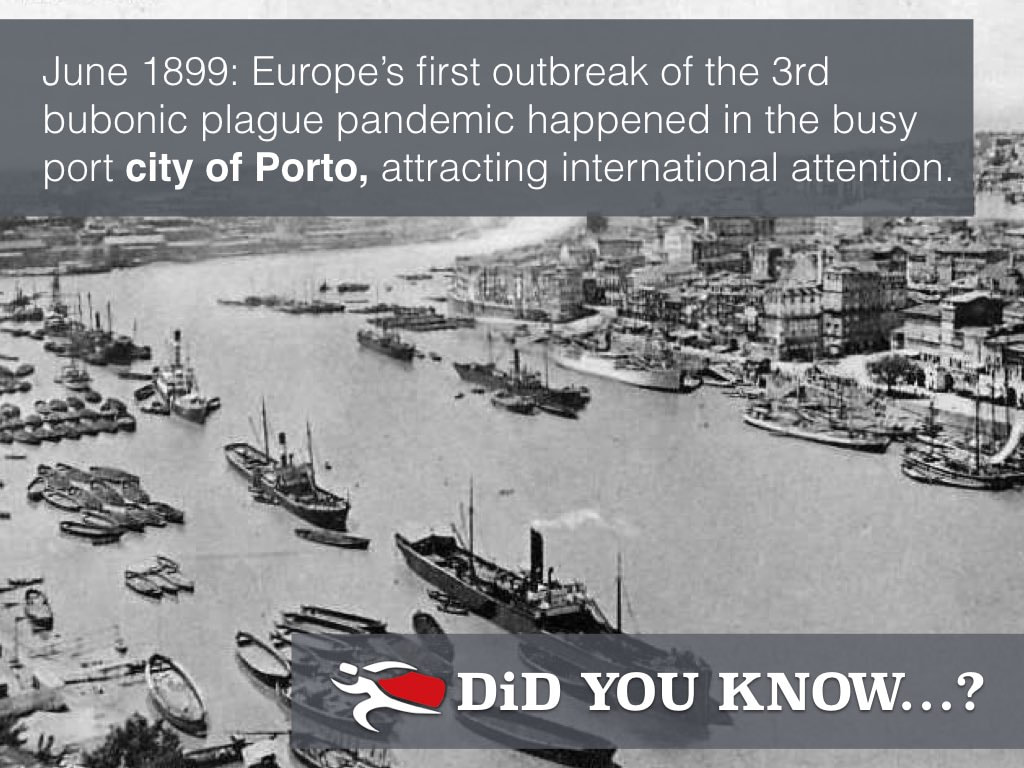
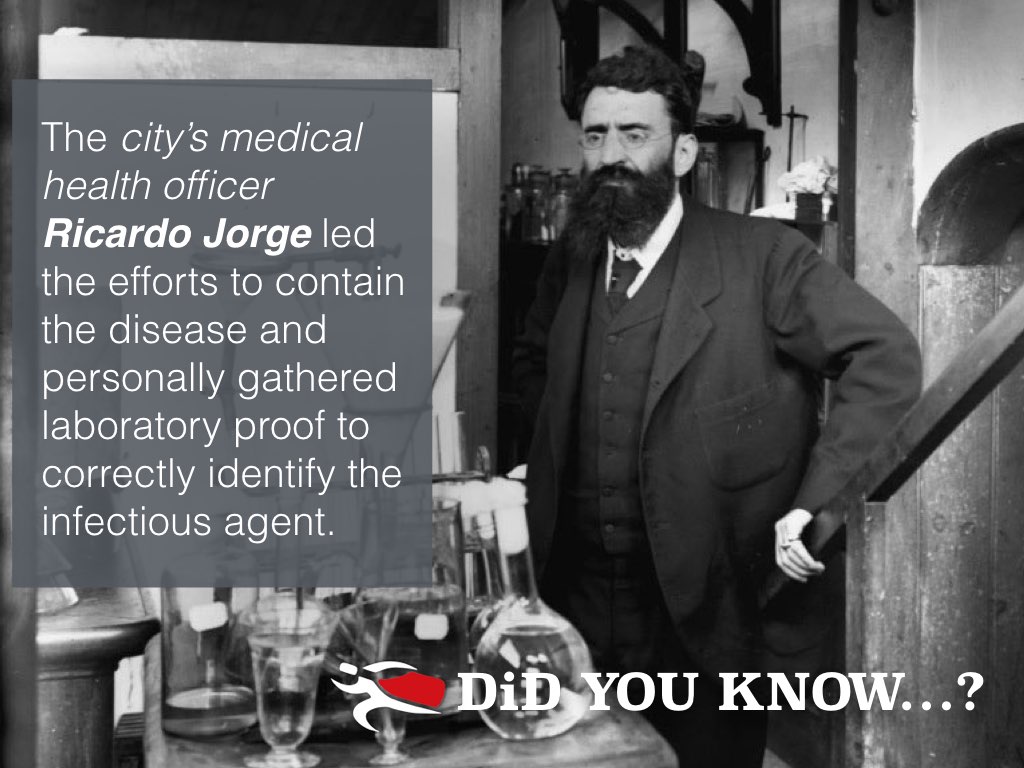
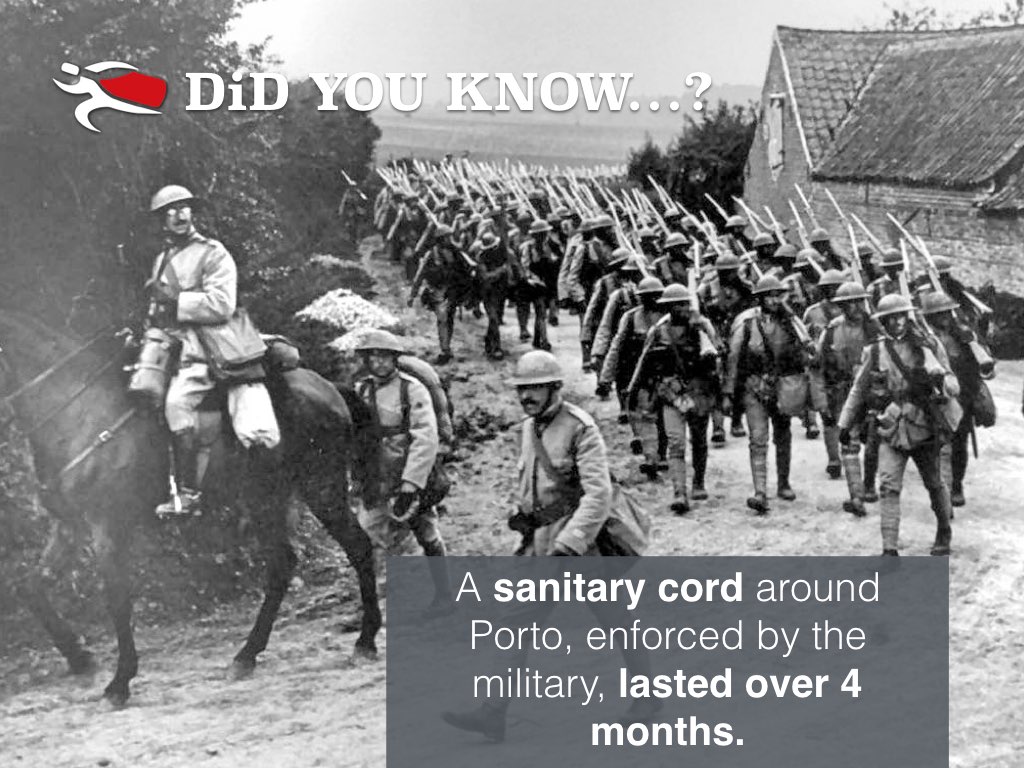
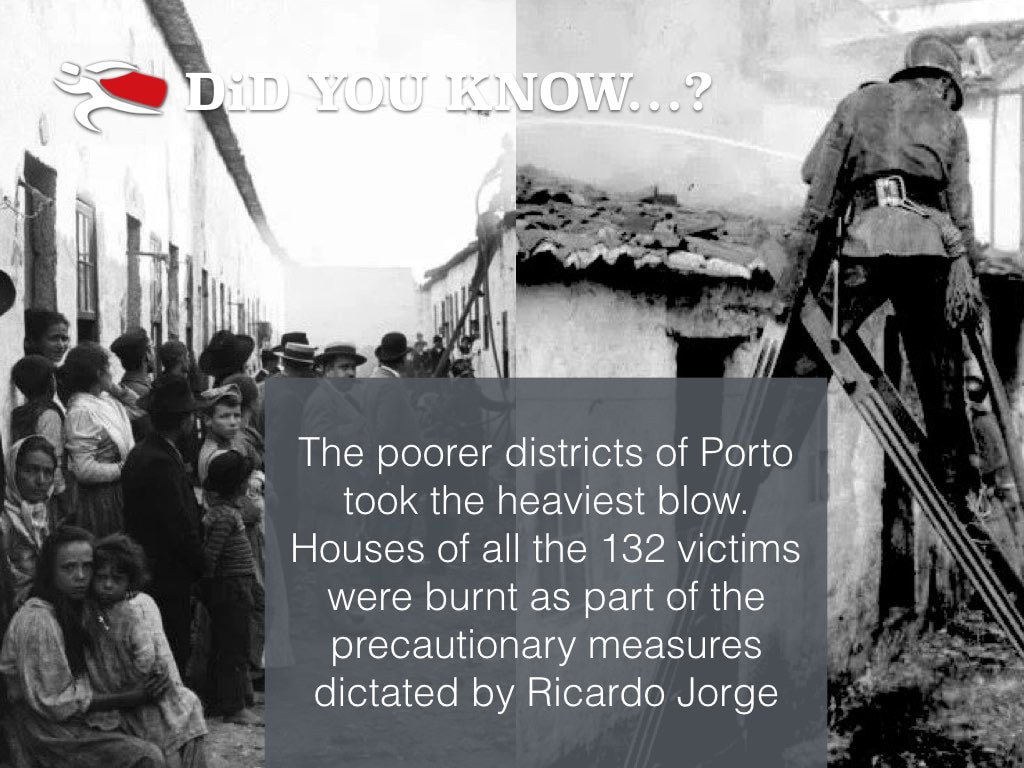
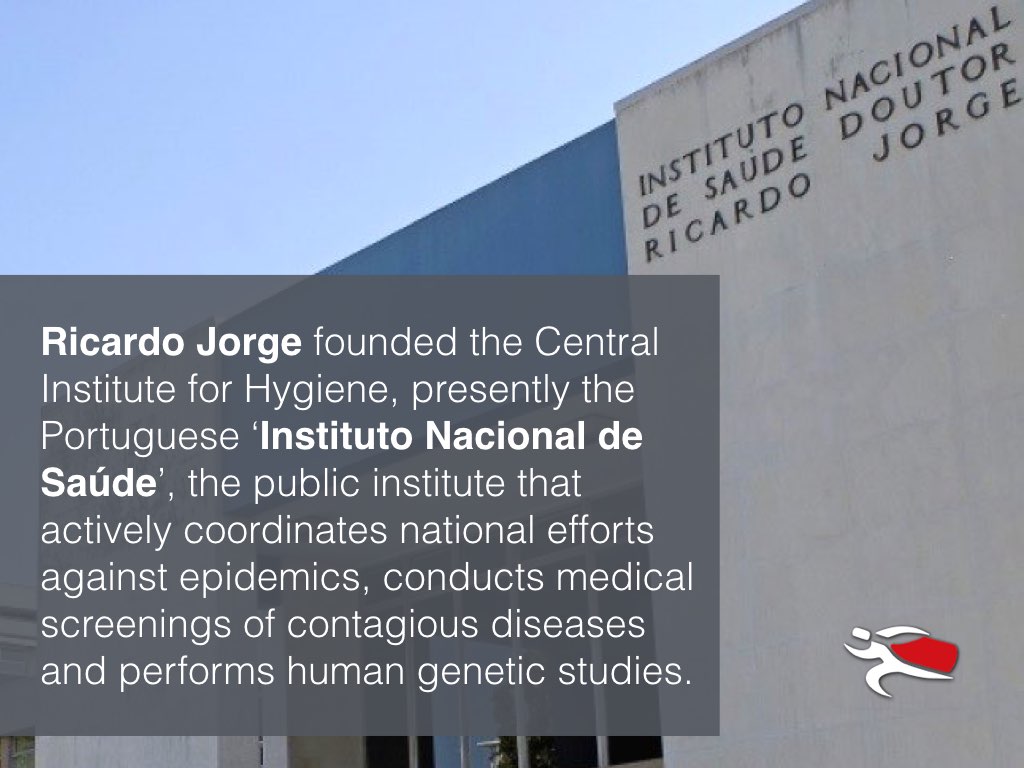
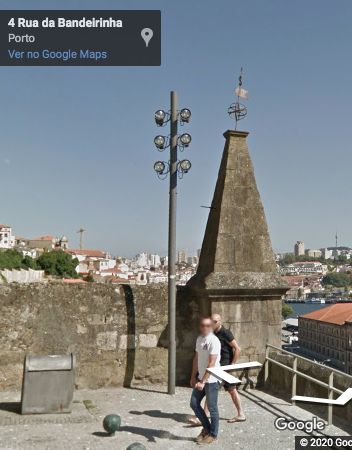
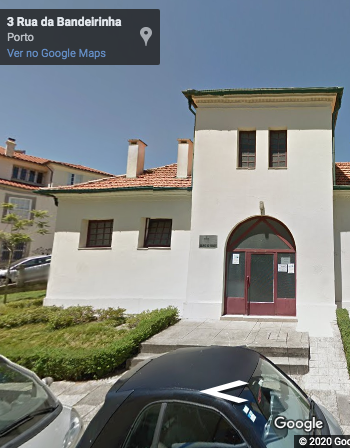
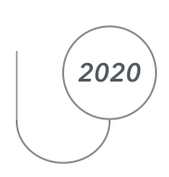
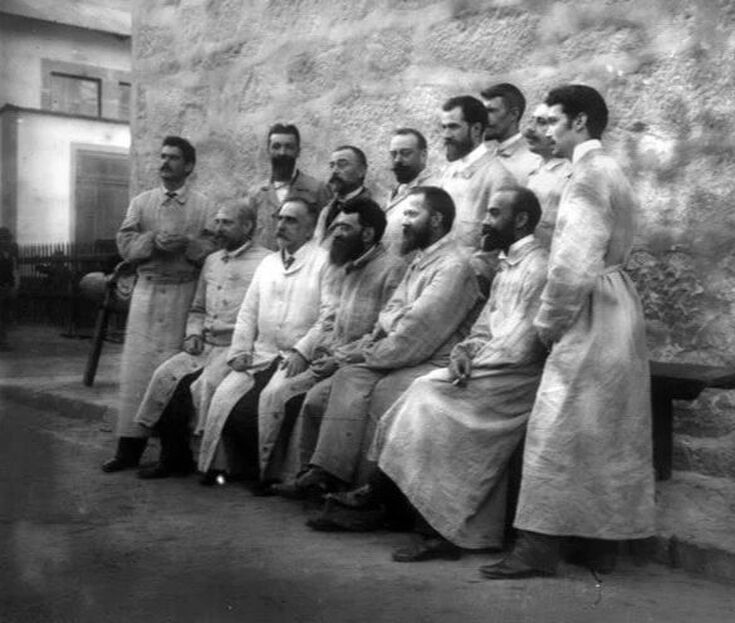
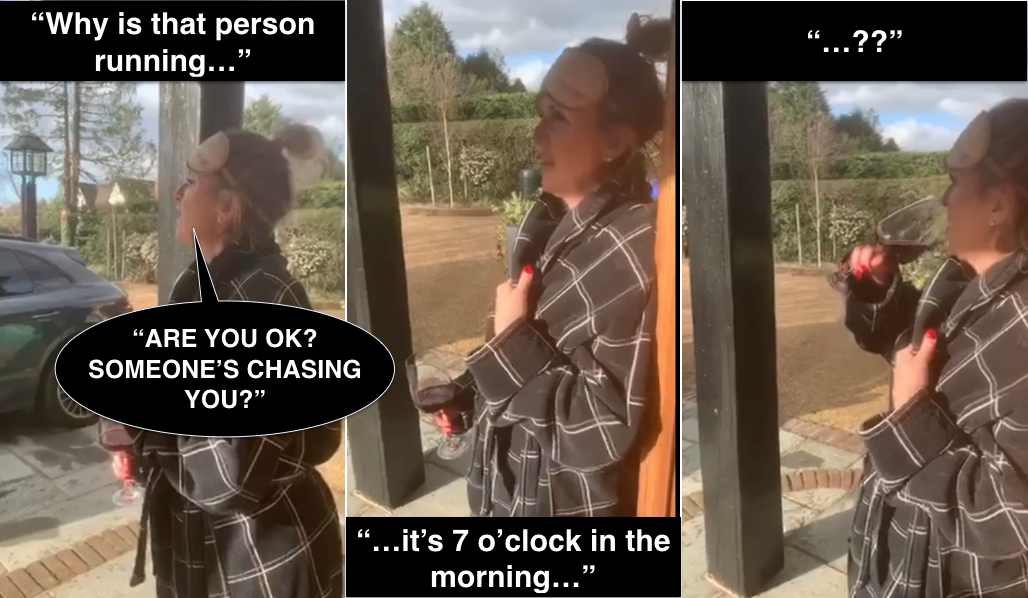
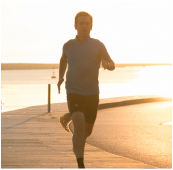




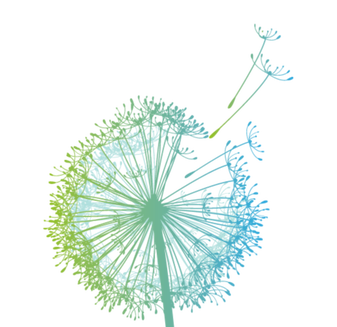

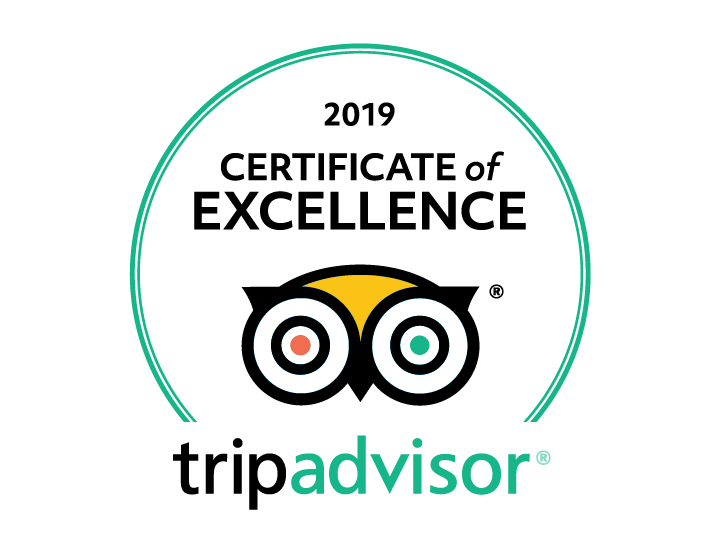
 RSS Feed
RSS Feed

